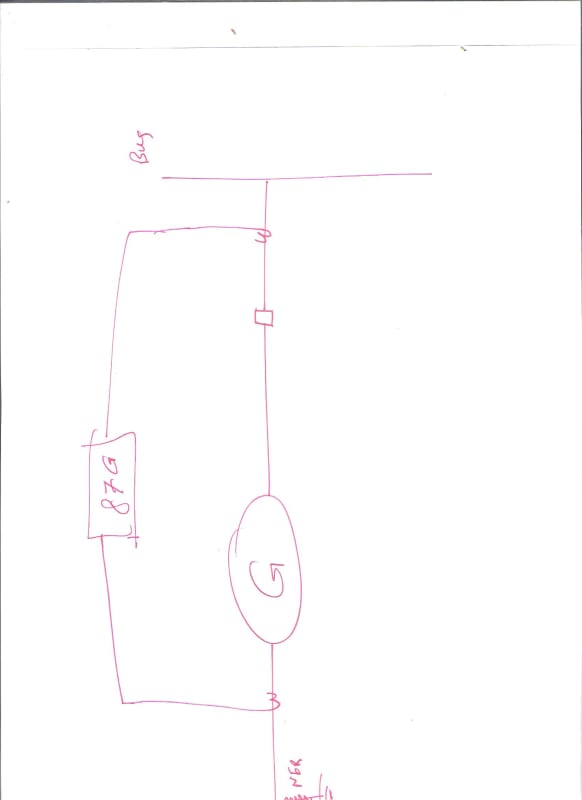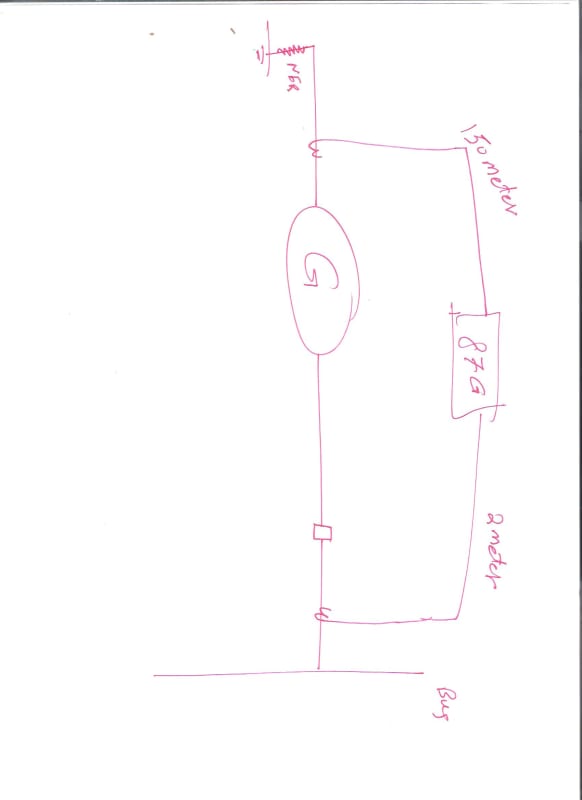newelecteng
Electrical
Hi all,
When we try to synch 3.3kv/3.1mw generator to busbar throw CB. Some thing get wrong and the CB close without proper sync position then it trip with generator differential protection. After this trip we carry out full scale check on this unit and we don’t find any problem related 87G.
So I wonder Is it possible for un-proper sync cause differential trip on Generator

When we try to synch 3.3kv/3.1mw generator to busbar throw CB. Some thing get wrong and the CB close without proper sync position then it trip with generator differential protection. After this trip we carry out full scale check on this unit and we don’t find any problem related 87G.
So I wonder Is it possible for un-proper sync cause differential trip on Generator



